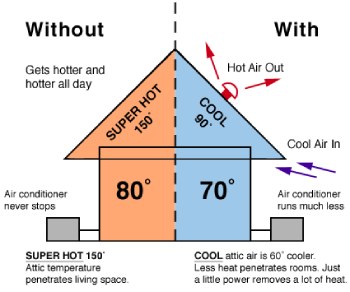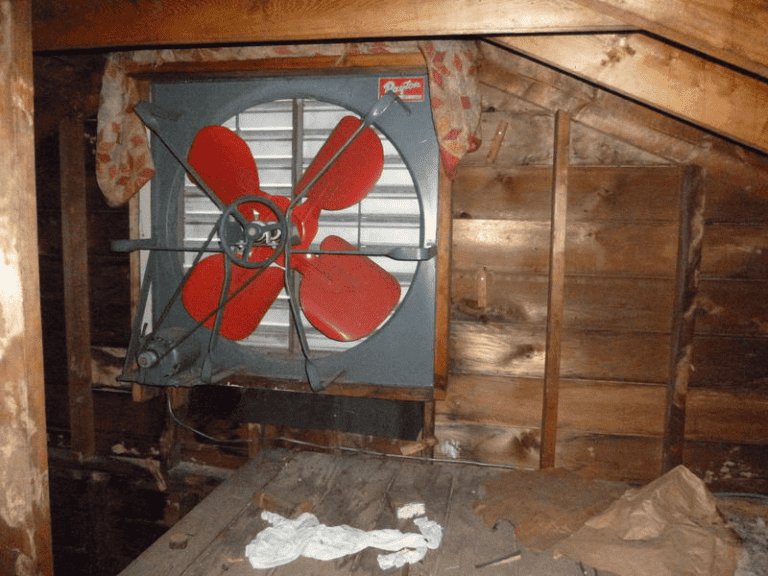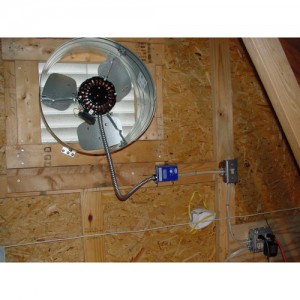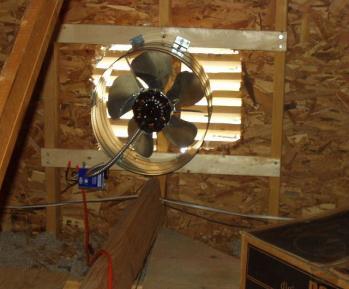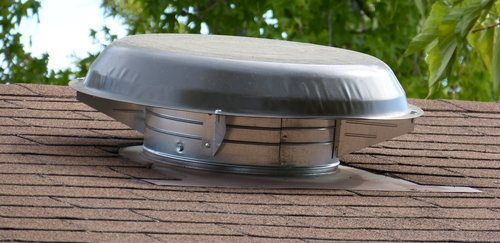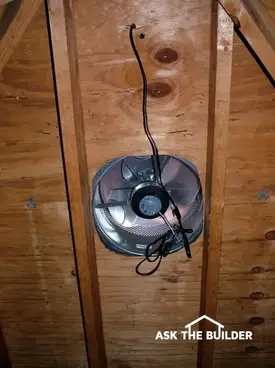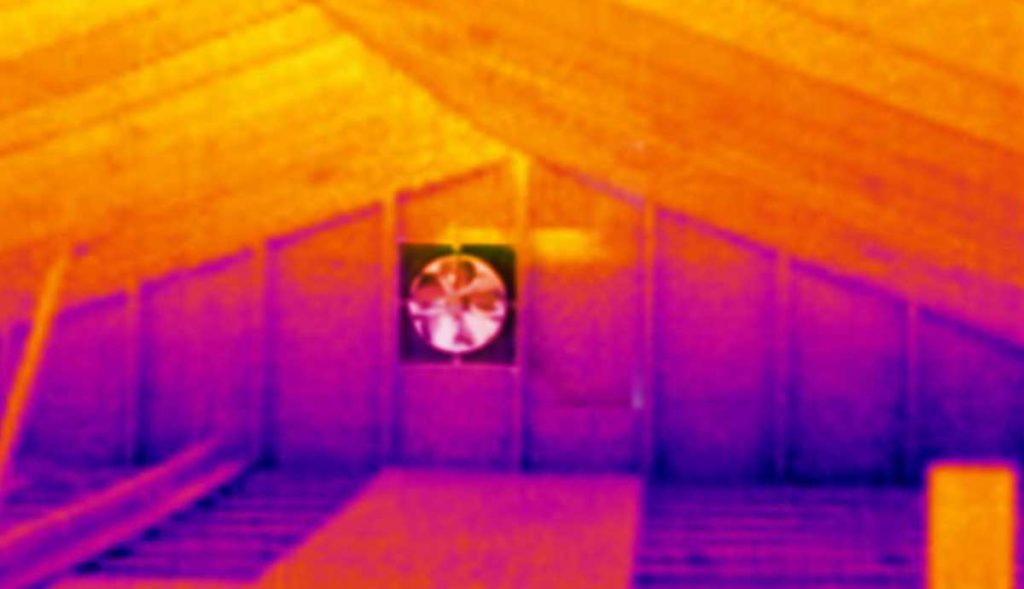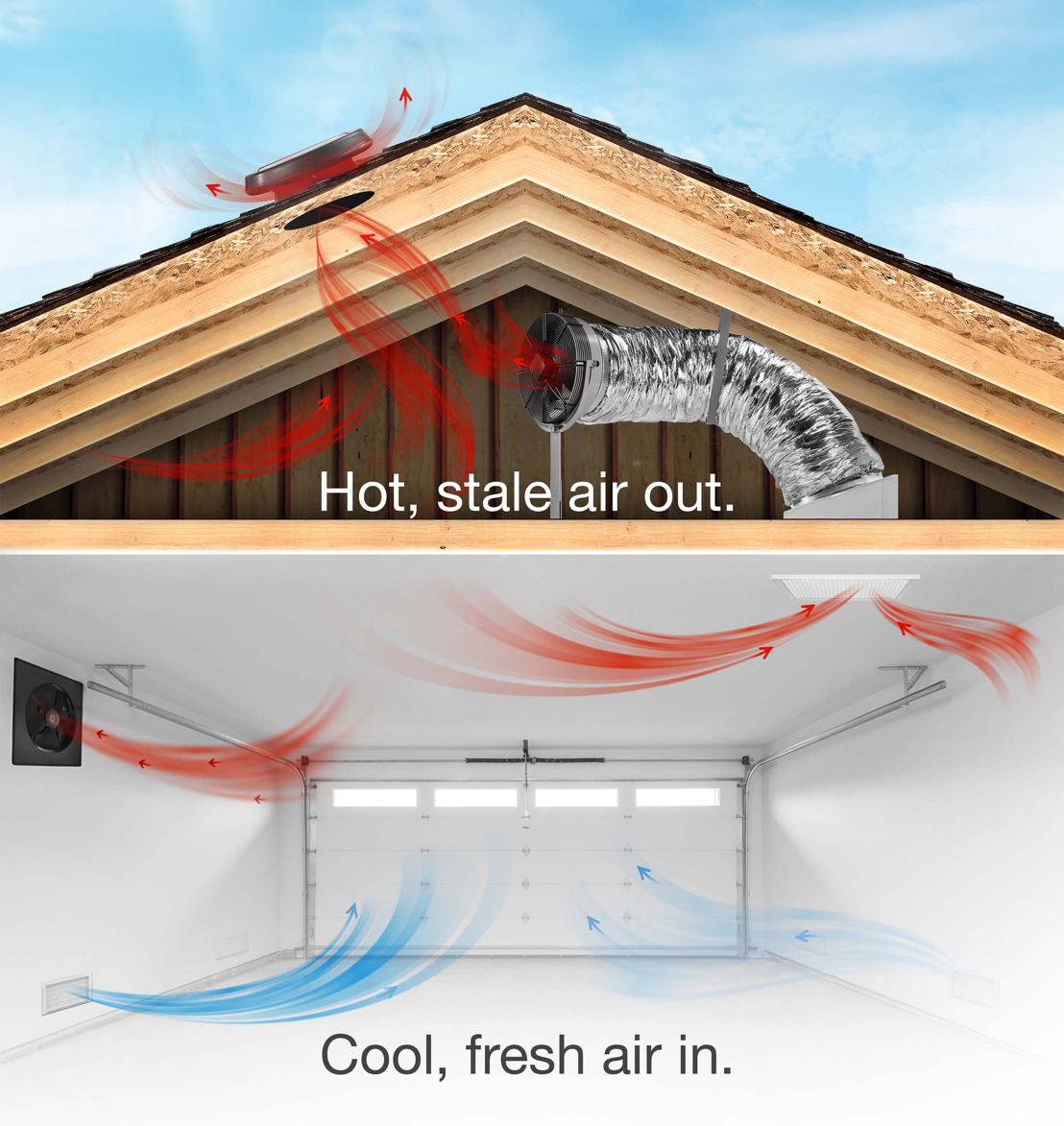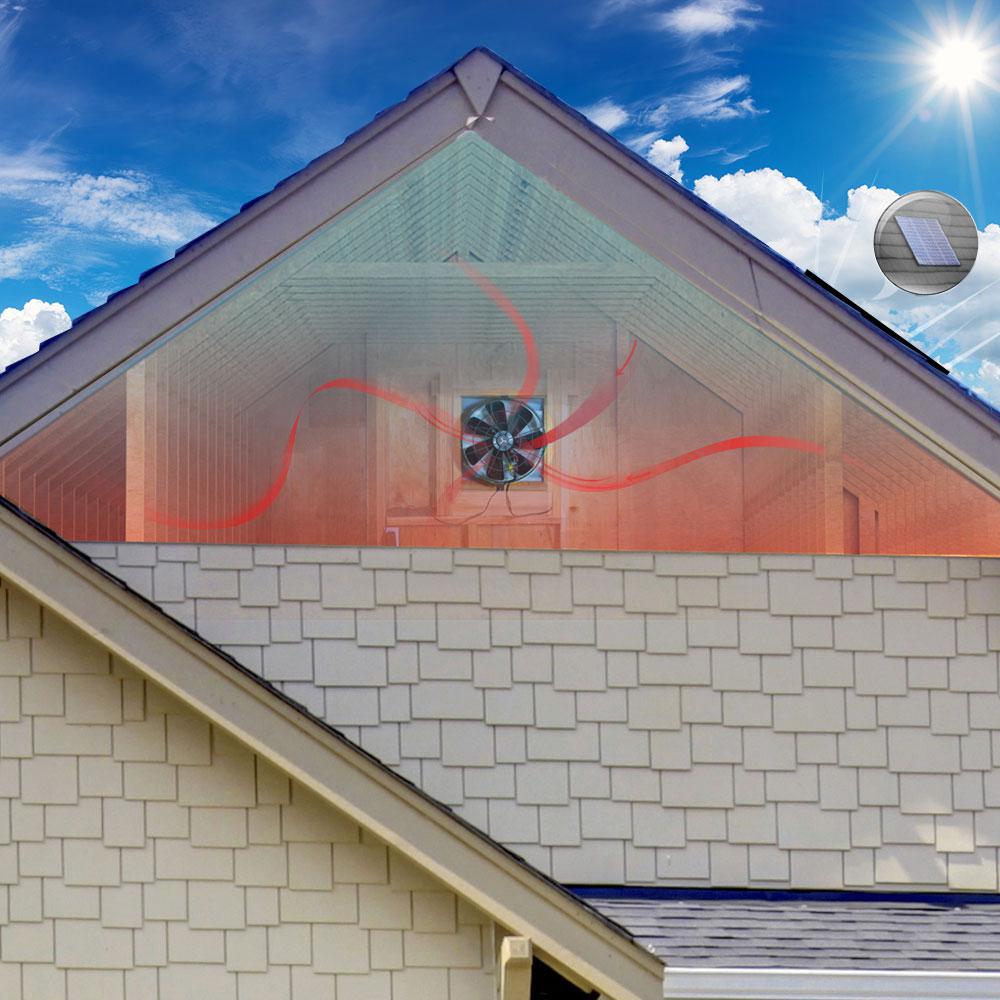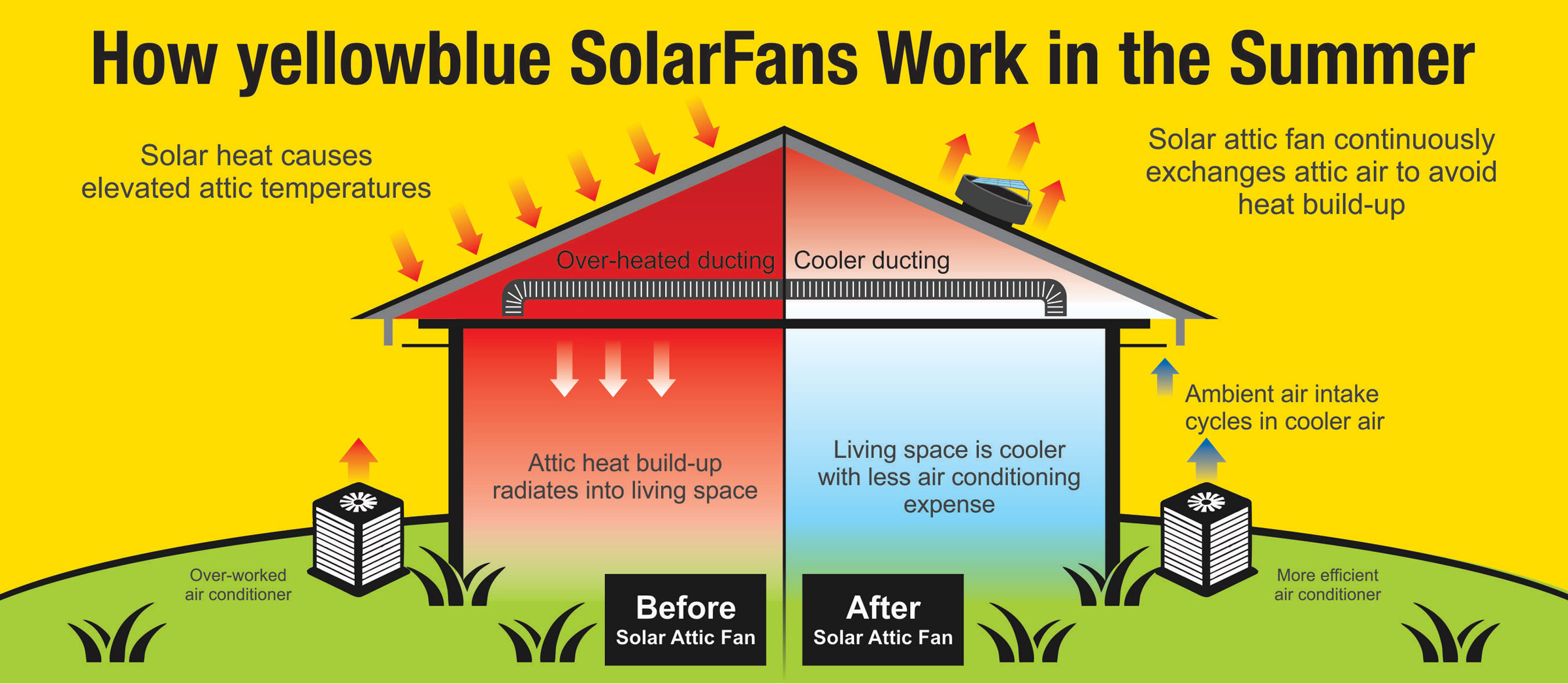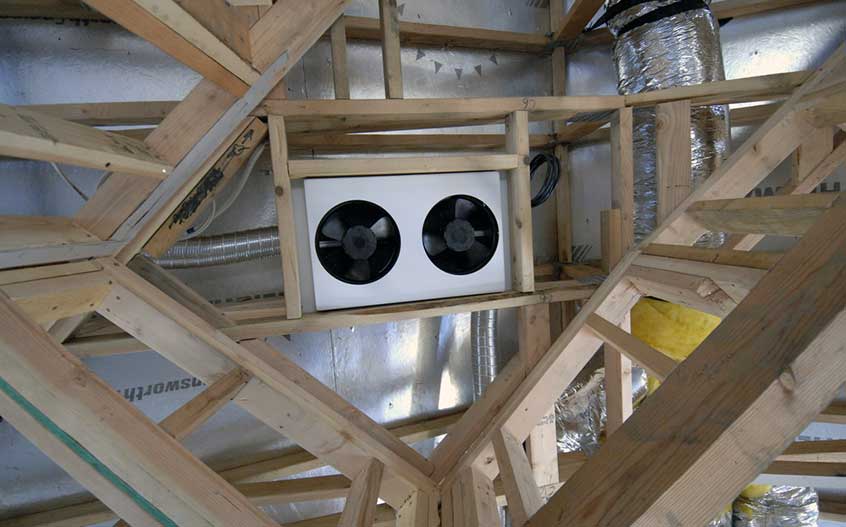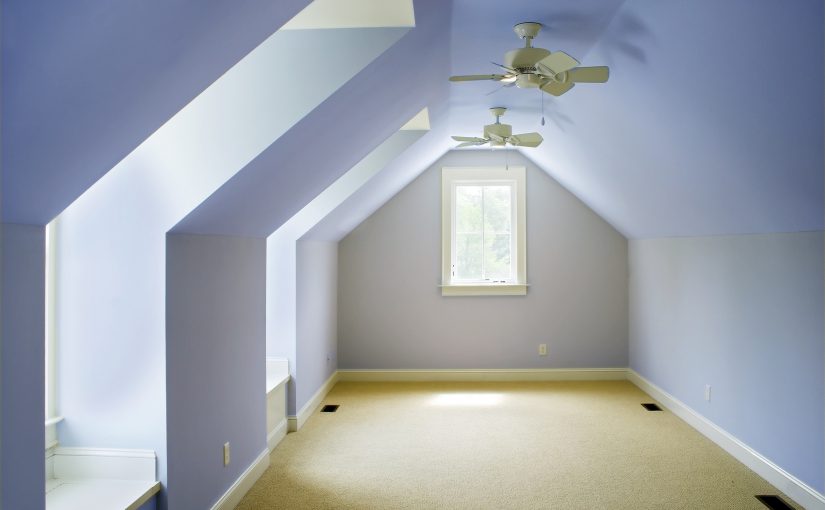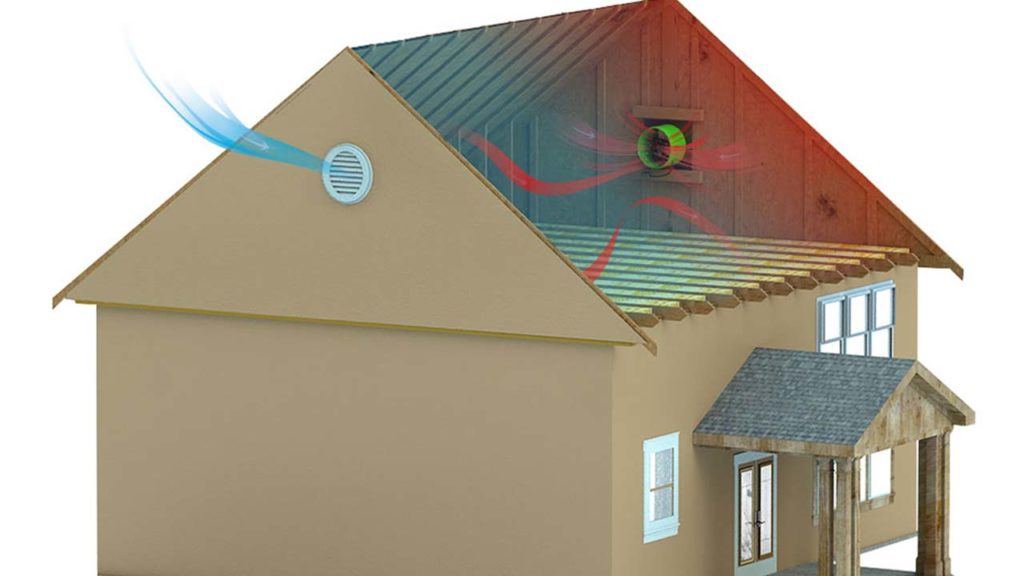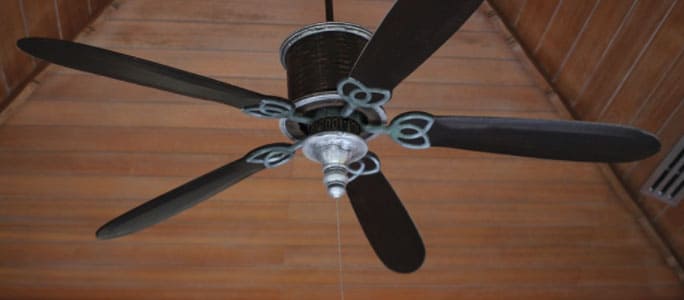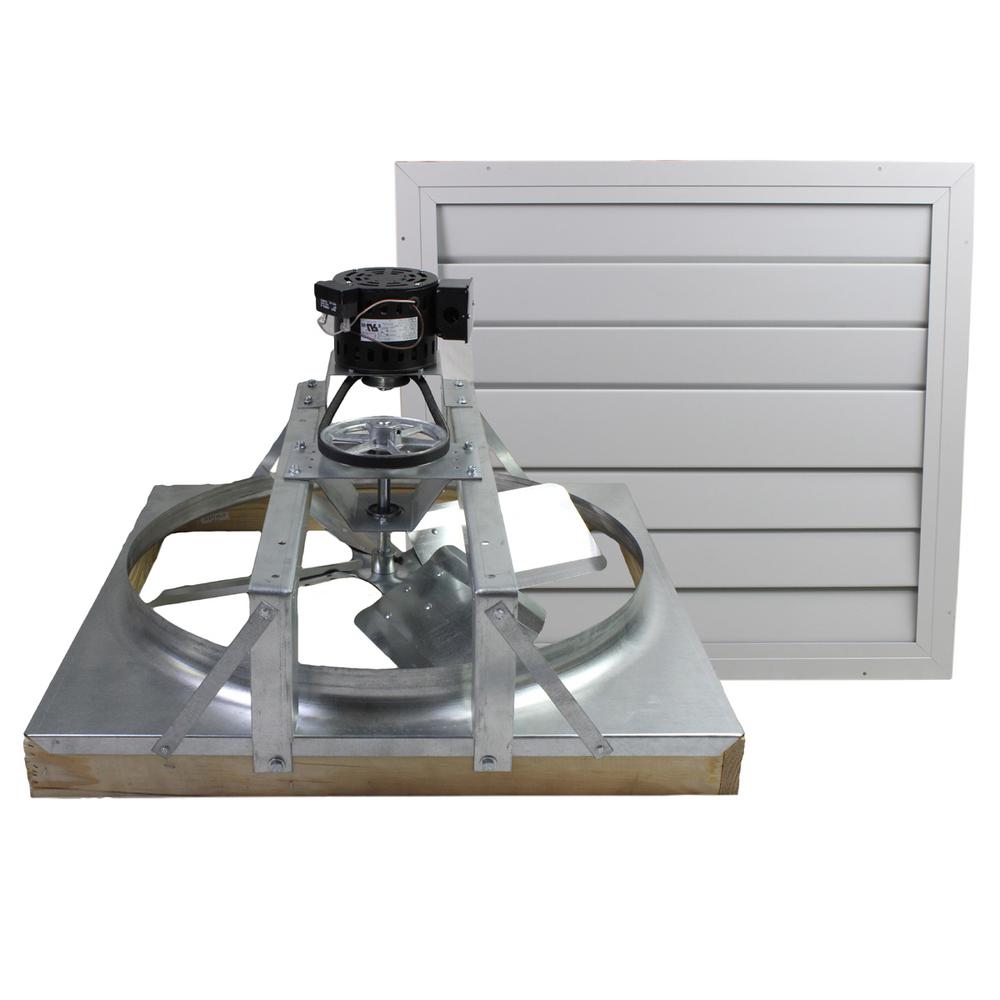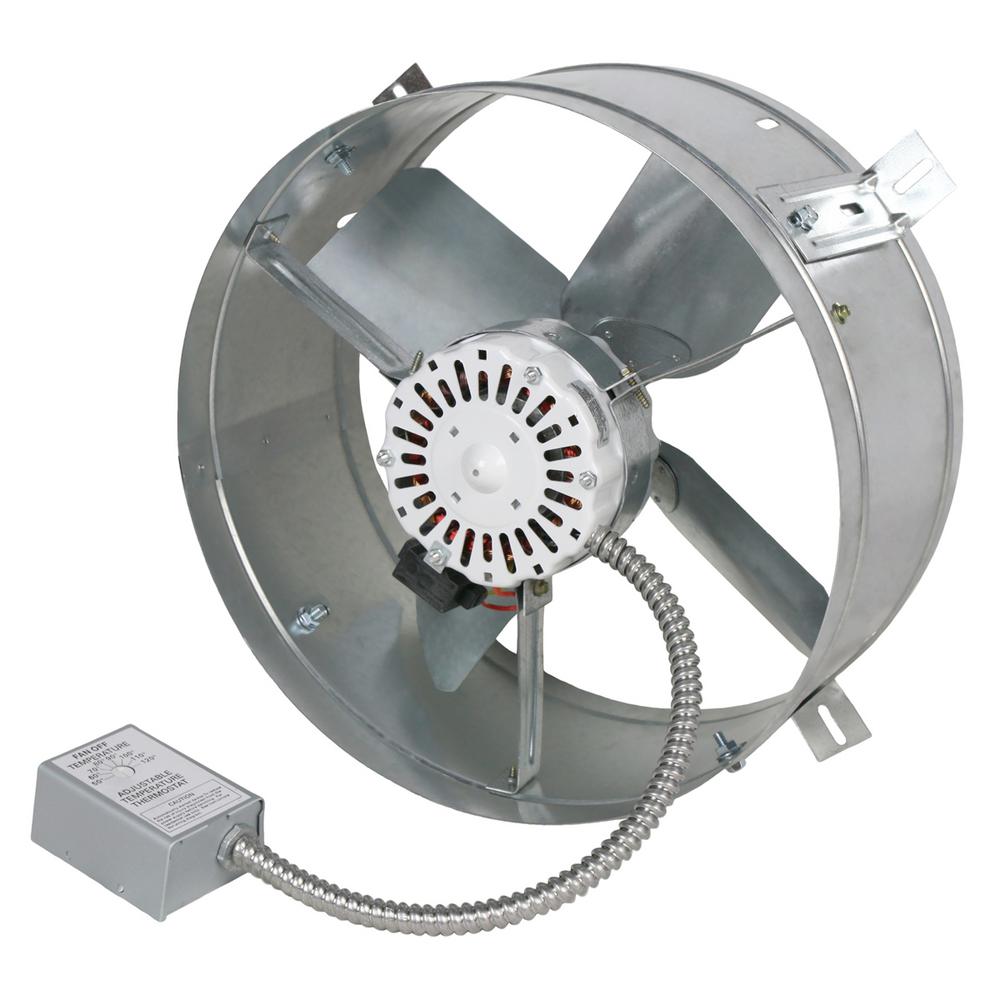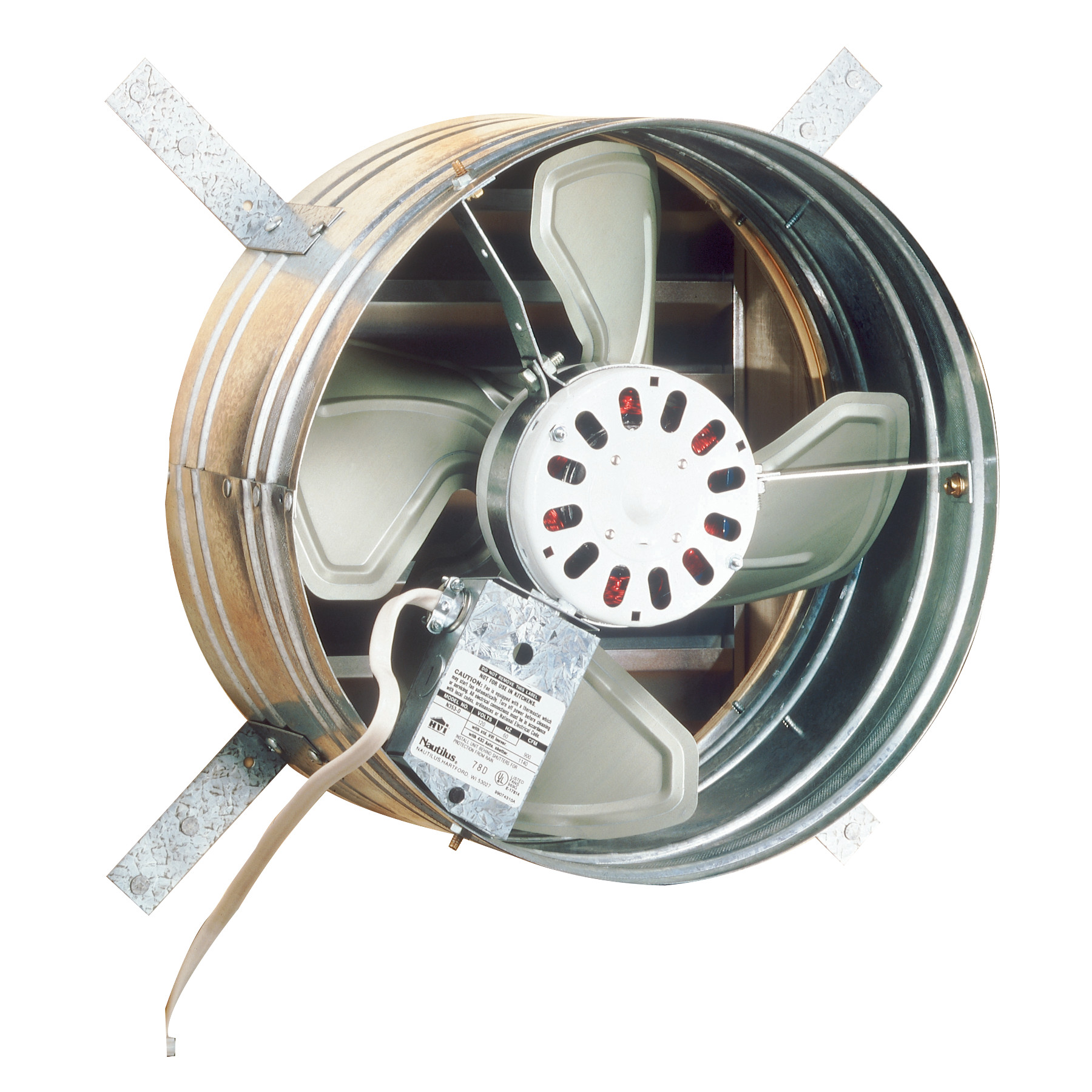How Long To Run Attic Fan

An attic fan doesn t require annual maintenance.
How long to run attic fan. Instructions for running a whole house fan. During workdays would leave air conditioner off when leaving in the morning. It provides good attic ventilation in addition to whole house cooling. The whole house fan pulls air in from open windows and exhausts it through the attic and roof.
Temp 92 f at 5pm. Whole house fans work on the principle of removing the hot and humid air out of the house. Part 2 on average you should run the fan for 4 5 hours to ensure the attic is cooled. Typically attic fans have a lifespan of up to 15 years as long as they are properly maintained.
If the switch on temperature is set too low you can bet that the fan will run all summer long and create a noisy disturbance. How long will it take to cool my home and how long should i keep the fan on. The warm air escapes through the attic and to the attic vents allowing the circulation of chilly air from the windows. A whole house fan can provide an energy saving alternative to air conditioning particularly when the air outside becomes cooler at night.
After attic fan installation ac still off during day. If your attic fan seems to be running constantly it would be a good idea to bring in a professional to check it out and make sure it s still working properly. If you properly air sea and insulate the attic then you do not need to spend money on a running attic fan. The attic fan kept my house cooler by 8f compared to pre fan installation days.
The attic is what keeps the home hot. The whole house fan is installed inside the attic between the living space and ceiling. This was observed on numerous days following the installation. We always recommend the use of a timer.
How much does it cost to do attic fan repairs. Normally attic fan repairs are anywhere between 200 to 320 to fix the attic fans. In this case the attic floor acts as a barrier that keeps your air conditioning in the house for a longer time. The fans could play a useful role as a quick temporary intervention to keep cooling costs down in the summer but in the long run they seldom prove to be the most pragmatic or effective solution for lowering your energy bills year round and improving energy efficiency.
It helps to cool your home temperatures and the attic by approximately 30 degrees.


